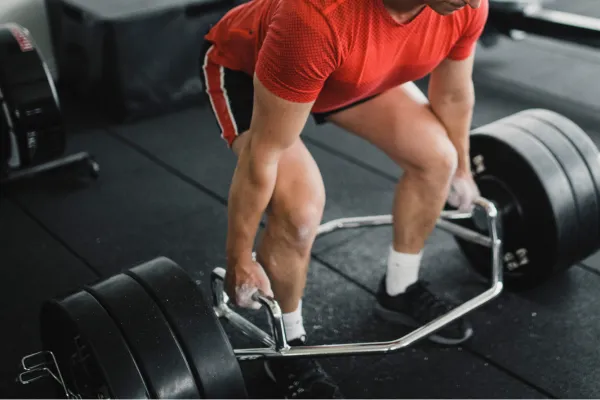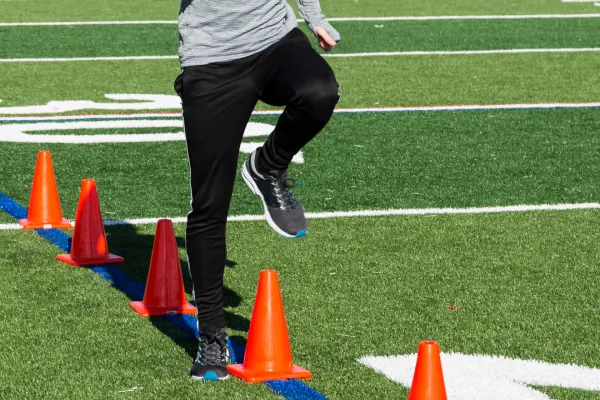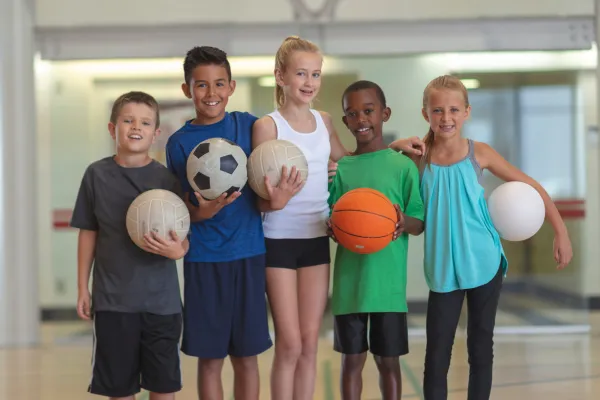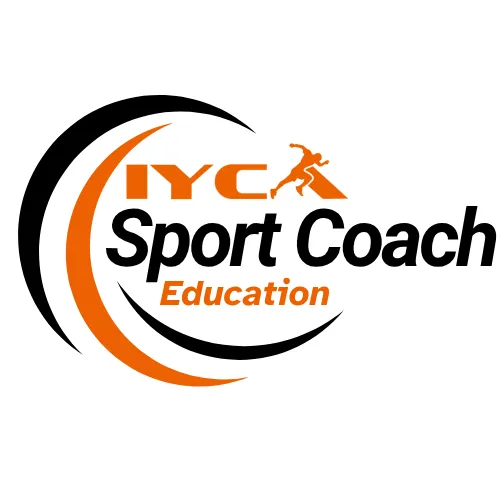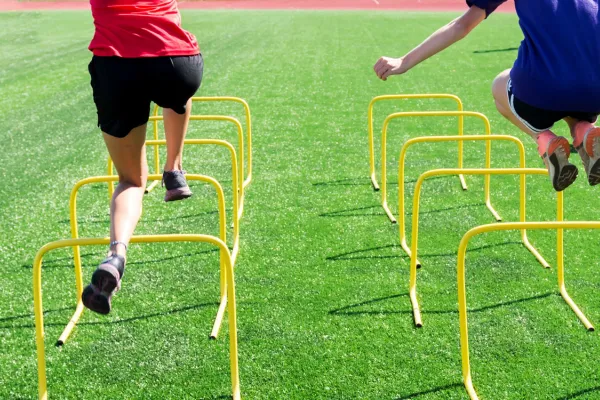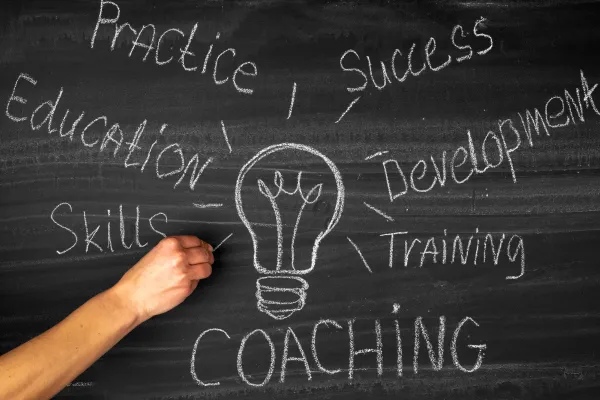
5 Essential Resources Every Organization & School Must Provide Their Coaches (Especially the Ones Coaching Your Youngest Athletes)
In youth sports, the most influential coach isn’t the varsity head coach…it’s the one leading the kindergarten soccer team.
That might sound dramatic, but it’s a reality too often overlooked by sports organizations and schools. The first coach a child encounters plays a critical role in shaping not only their athletic development but also their perception of the game and themselves. Yet, the beginning of a child’s sports journey is where we tend to place our most inexperienced coaches.
Whether due to budget constraints, volunteer availability, or long-standing tradition, many programs unintentionally hand the youngest athletes over to well-meaning but untrained adults. These are often parents with big hearts but little understanding of developmentally appropriate instruction, emotional engagement, or long-term athlete development principles.
And it matters. Deeply.
The Cost of an Unprepared Coach
Research shows that up to 70% of kids drop out of organized sports by age 13, with the top reasons being a lack of fun, pressure to perform, and poor relationships with coaches (Visek et al., 2015). These issues often stem from early experiences that could have been dramatically improved with just a bit of coach education and support.
According to the Aspen Institute’s State of Play report, youth sports have become more specialized, pressurized, and adult-driven, making the quality of early coaching more critical than ever. A coach’s ability to create a safe, engaging, and developmentally appropriate environment has a lasting impact on whether a child feels connected to the sport and motivated to continue.
That’s why, as a school leader, athletic director, or youth program coordinator, equipping your coaches, especially at the grassroots level, is not just a nice-to-have. It’s your responsibility.
The 5 Things Every Coach Should Receive From Their Organization or School
1. Developmentally Appropriate Coaching Education
Young athletes are not miniature adults. Their cognitive, emotional, and physical capacities differ significantly from those of older players. Coaches must understand what’s realistic at various ages and stages, and how to adjust expectations and instruction accordingly.
For example, early elementary-aged children are still developing balance, coordination, and body awareness. They learn best through play and repetition, not complex drills or competition-heavy environments (Gallahue & Ozmun, 2006).
Providing coaches with foundational education in child development, movement patterns, and age-specific needs sets them—and the kids—up for success. Resources like the IYCA’s Sport-Specific Education Clinics & Workshops are a great place to start.
2. Communication and Connection Training
Coaching is more than teaching skills—it's about building trust and creating an environment where athletes feel seen and supported. Coaches should be equipped with tools to:
Give effective positive feedback.
Communicate clearly with both kids and parents.
Navigate emotional challenges with empathy.
Connection is the foundation of confidence, and when coaches understand how to build rapport, athletes are more likely to stay engaged and enjoy the process.
3. A Practical Curriculum or Practice Plan Framework
New coaches often quit because they feel overwhelmed, not because they don’t care. Giving them a basic coaching curriculum or practice framework can be a game-changer.
This might include:
Sample practice templates.
Games and drills that are appropriate for each age group.
Weekly skill focuses and progressions.
Structure builds confidence, and confidence improves coaching consistency and athlete experience.
4. Basic Safety and Injury Awareness Training
Even at the earliest levels, coaches need to know how to keep athletes safe. This includes:
Understanding signs of concussion and heat illness.
Implementing warm-up and cooldown protocols.
Teaching proper movement to prevent overuse injuries.
While early-level play might seem low risk, fundamental safety habits formed here follow athletes throughout their sports journey.
5. A Built-In Support System or Mentor Model
One of the most valuable resources you can offer is community. When new coaches have access to a veteran coach, coordinator, or mentor, they’re more likely to:
Ask questions.
Stay involved longer.
Improve faster.
Mentoring doesn’t need to be formal. Monthly check-ins, shared resources, and an open-door policy for questions can go a long way.
Why This Investment Matters
When you equip your coaches with the right resources, you’re doing more than teaching sports. You’re:
Improving athlete retention.
Strengthening program culture.
Supporting positive youth development.
Creating a safer, more inclusive environment.
You’re not just investing in your coaches–you’re investing in your future athletes, your reputation, and the long-term health of your program.
Let’s Build Stronger Coaches Together
At the IYCA, we’re here to help you support your coaches at every level–whether they’re new to the field or looking to grow. Our Sport Coach Educational Opportunities are designed to meet coaches where they are and equip them with real tools to lead with confidence, clarity, and care.
Want help implementing a coach development system in your organization or school?
Schedule a consultation with our team today by Emailing Julie at [email protected]. We’ll help you build a customized coach education model that works for your unique needs and athletes.
Explore our workshops and resources: iyca.org
It’s time to raise the standard.
Coach Julie Hatfield-Still
About the Author:
Julie is an Author, CEO and Coach. She is the Brand Executive at the IYCA, the President & Founder of the Non-Profit Beyond The Game Alliance where they offer a full suite of workshops and support for athletes. In addition to her work as a business consultant and coach of coaches, leaders and entrepreneurs.
Julie is a Speed Development Specialist and Inner-Game Coach at the college, high school and youth levels.
Visit Julie’s Author Page
References
1- Gallahue, D. L., & Ozmun, J. C. (2006). Understanding motor development: Infants, children, adolescents, adults (6th ed.). McGraw-Hill.
2- Visek, A. J., Achrati, S. M., Mannix, H. M., McDonnell, K., Harris, B. S., & DiPietro, L. (2015). The fun integration theory: Toward sustaining children and adolescents' sport participation. Journal of Physical Activity and Health, 12(3), 424–433.



